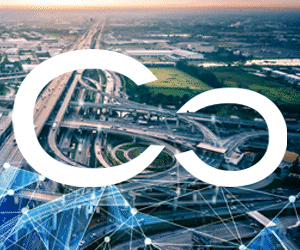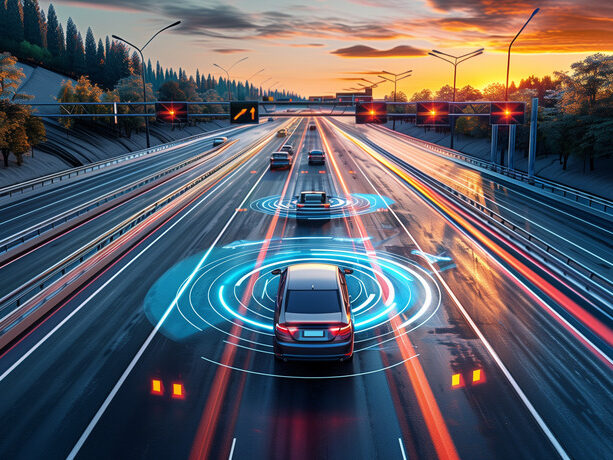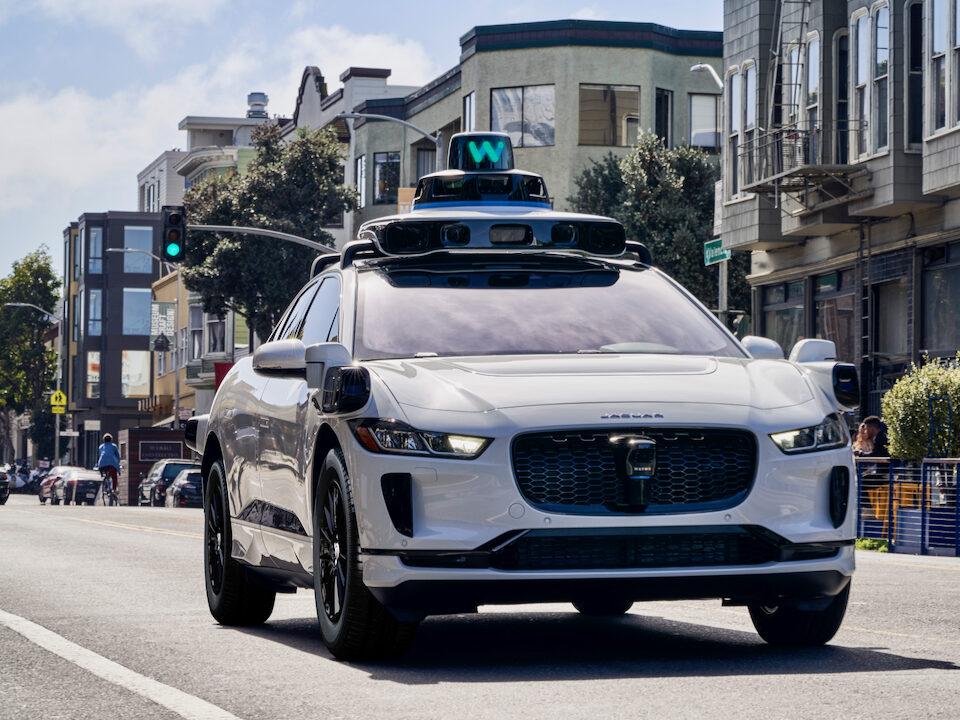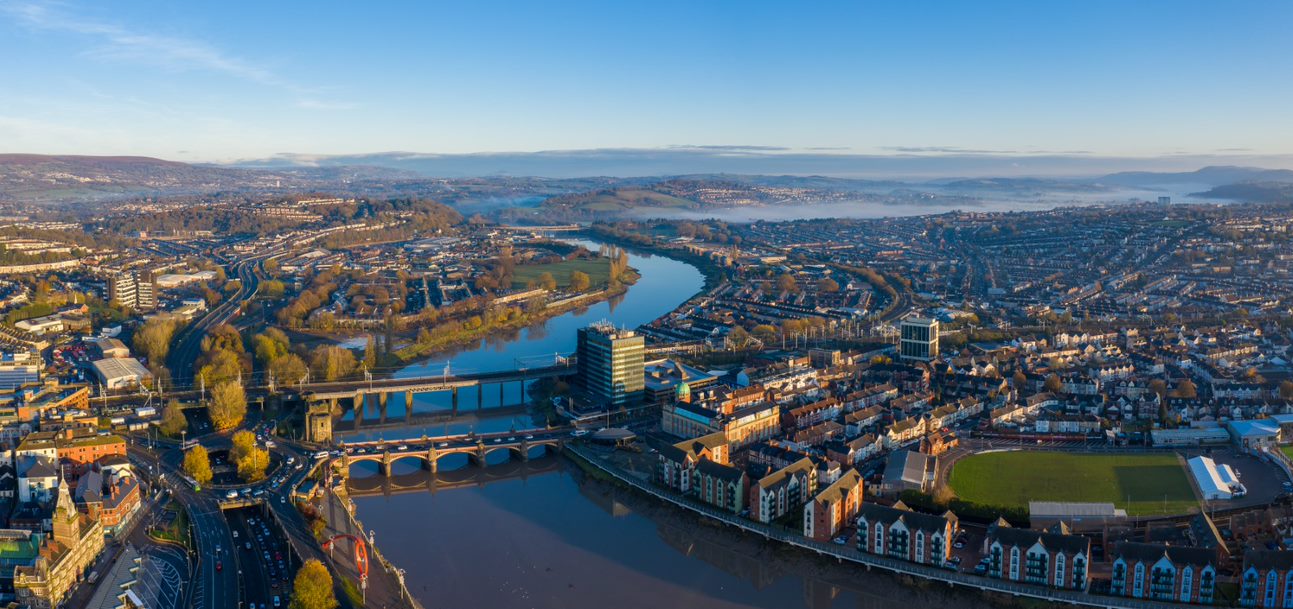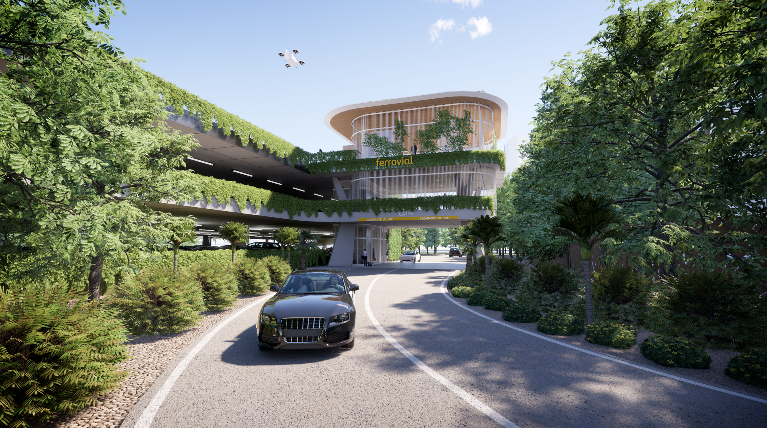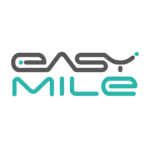The Department for Transport and the Centre for Connected and Autonomous Vehicles have today published new research into how people view self-driving vehicles and how safety information about such vehicles could be communicated in an effective way.
The research, presented in two reports, aimed to provide understanding about how safety information about self-driving vehicles could be communicated effectively; how different types of exposure to such vehicles can influence people’s awareness and understanding; and what role people see for self-driving vehicles in a transport system.
To conduct their research, electroencephalography (EEG) was used to provide real-time data into how people experience self-driving vehicles.
The results will be used to inform future policy on connected and automated vehicle safety; the creation of a connected and automated mobility adoption strategy; and the future of transport programme.
Report: The Great Self-Driving Experience
The UK government says that the increasing maturity of self-driving vehicle technology is such that there are some early cases approaching commercialisation. Consequently, it must ensure the safety and security of self-driving technology.
In 2022, the DfT commissioned Thinks Insight & Strategy, in partnership with University College London (UCL) and self-driving vehicle manufacturer Aurrigo, to set up three self-driving vehicle trials in England. During these trials three levels of exposure to self-driving vehicles were explored, leading to a high-exposure audience, a medium-exposure audience and a low-exposure audience. A control survey was also conducted in areas where there was no exposure to this technology.
Ideal Transport System: Improved Public Transport
The participants in all audiences from rural and urban environments were asked about their ideal transport system. They said that improving public transport was a top priority. In rural areas public transport is typically limited. The respondents said services were indirect and poorly connected and ran at inconvenient times or not at all. They said coverage was limited and costs were high.
In the town location respondents were worried about declining public transport provision, including reduced service frequency, increased likelihood of services being cancelled, services running at inconvenient times or not running at all, indirect routes, high travel costs and the removal of entire bus routes, leaving some respondents without any public transport links, potentially inducing car dependency.
Assumptions about Self-Driving Vehicles
The research participants made several assumptions about self-driving vehicles at the start of their engagement:
- self-driving cars will be fully autonomous with no user in charge
- self-driving cars will be remotely managed through apps to book services and be remotely supervised during operation
- the new technology will be expensive
- self-driving vehicles will be electric and therefore more sustainable
Perceived Advantages of Self-Driving Vehicles
- Better access to travel, especially for non-drivers and those relying on public transport in rural areas
- Improved road safety through a reduction in human error and a reduction in illegal, dangerous behaviour such as speeding and drink-driving
- More efficient journeys through reduced congestion (self-driving vehicles could improve traffic flow and use the available road space more efficiently) and more productive journeys (people who currently drive could perform other tasks including work)
- Decreased reliability on vehicle ownership
Perceived Disadvantages of Self-Driving Vehicles
- Reduced road safety as a result of unanticipated safety implication, leading to an increased risk of injuries and fatalities from collisions
- Risk of vandalism – a lack of staff on board public or shared self-driving vehicles could lead to a high risk of vandalism, resulting in damage and causing the vehicle to malfunction
- Diminished personal safety and security
- Poor real-world functionality and integration, such as the interaction between self-driving vehicles and human drivers, even prompting questions of whether they would need segregated driving infrastructure
- Loss of jobs
- Expensive to implement, including more expensive than improving existing transport infrastructure
- Dehumanisation and loss of social interaction
- Unequal access
- Liability – when is the driver responsible, when is the driver not at fault
Research Conclusions
Looking at how the participants wanted self-driving vehicles to be introduced in their area, the researchers found shared and divergent findings for the different areas – rural (Alnwick), town (Taunton), and urban (Manchester). For example, in Manchester, the participants saw fewer overt opportunities for self-driving vehicles to benefit their area than the Alnwick and Taunton participants.
Overarching recommendations for self-driving vehicles were:
- they should be deployed with safety front and centre
- accessibility is important and accessibility should be better than what currently is the case in public transport
- vehicle design is important
- running public trials will be key to normalising self-driving vehicle technology before deployment
- an ‘infrastructure first’ approach should be taken, where changes to the physical infrastructure (e.g. upgrading traffic signals, altering road layouts) should be implemented prior to deployment
- regulatory and legislative changes should be in place prior to deployment
- a roll-out should be gradual
- affordability is important
Alnwick (Rural Location)
The report concluded about the participants from Alnwick that ultimately they “were sceptical about their local authority being able to afford or justify the expense of the new technology and the perceived infrastructure requirements, which made the prospect of SDV introduction in the local area feel unlikely.”
Manchester (Urban Location)
According to the report, “The main issue that participants in Manchester felt needed to be addressed to make SDV rollout as effective as possible was ensuring their integration with the existing, and comprehensive, transport system. This included joining up timetables and adjusting the infrastructure to accommodate SDVs in terms of road space.”
Taunton (Town Location)
“Participants in Taunton really saw the potential for SDVs to redesign how transport works in their local area, and did so to a greater extent than those in the other research locations. With a proactive and planned approach to design and deployment, it was felt that there were strong benefits for SDVs for the public and, in particular, those least able to travel independently today.”


